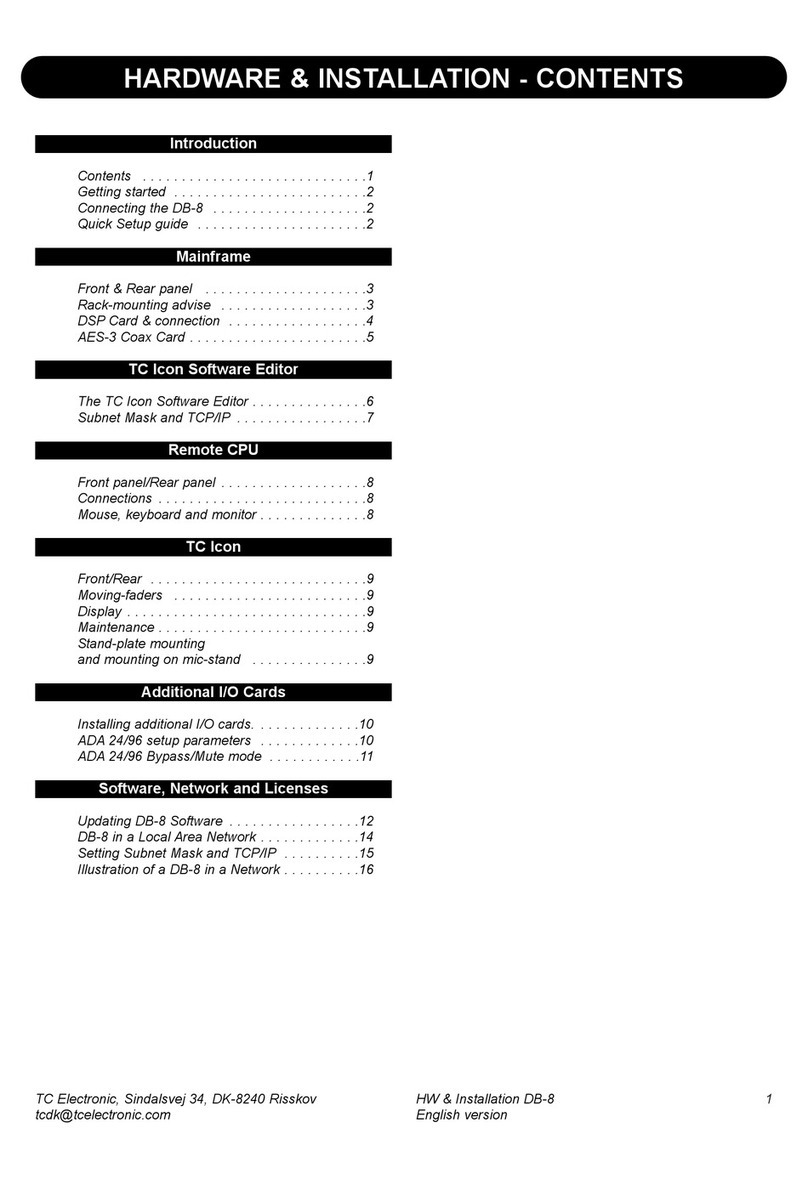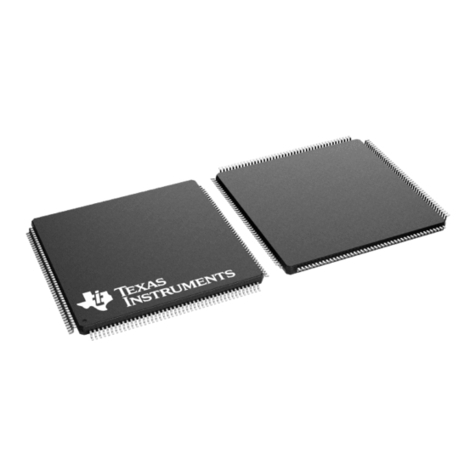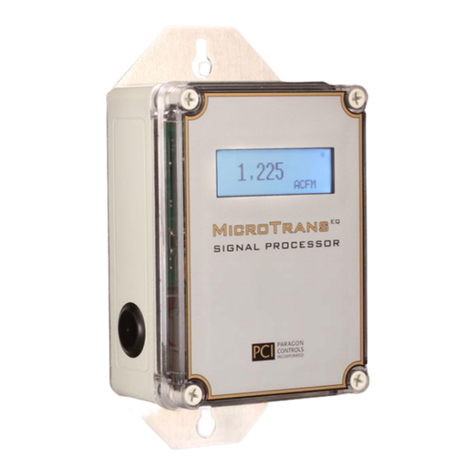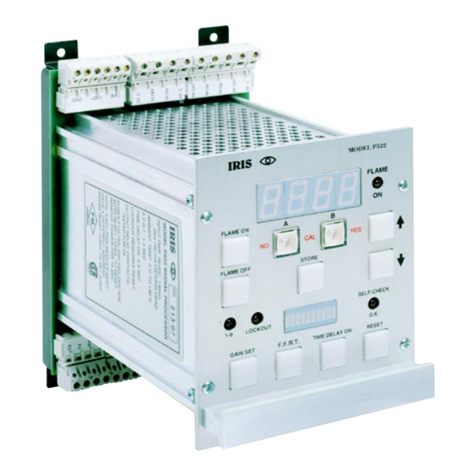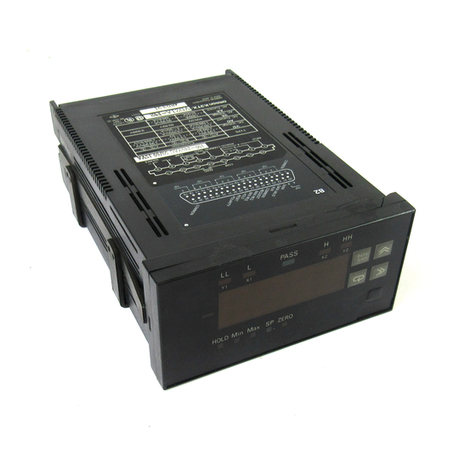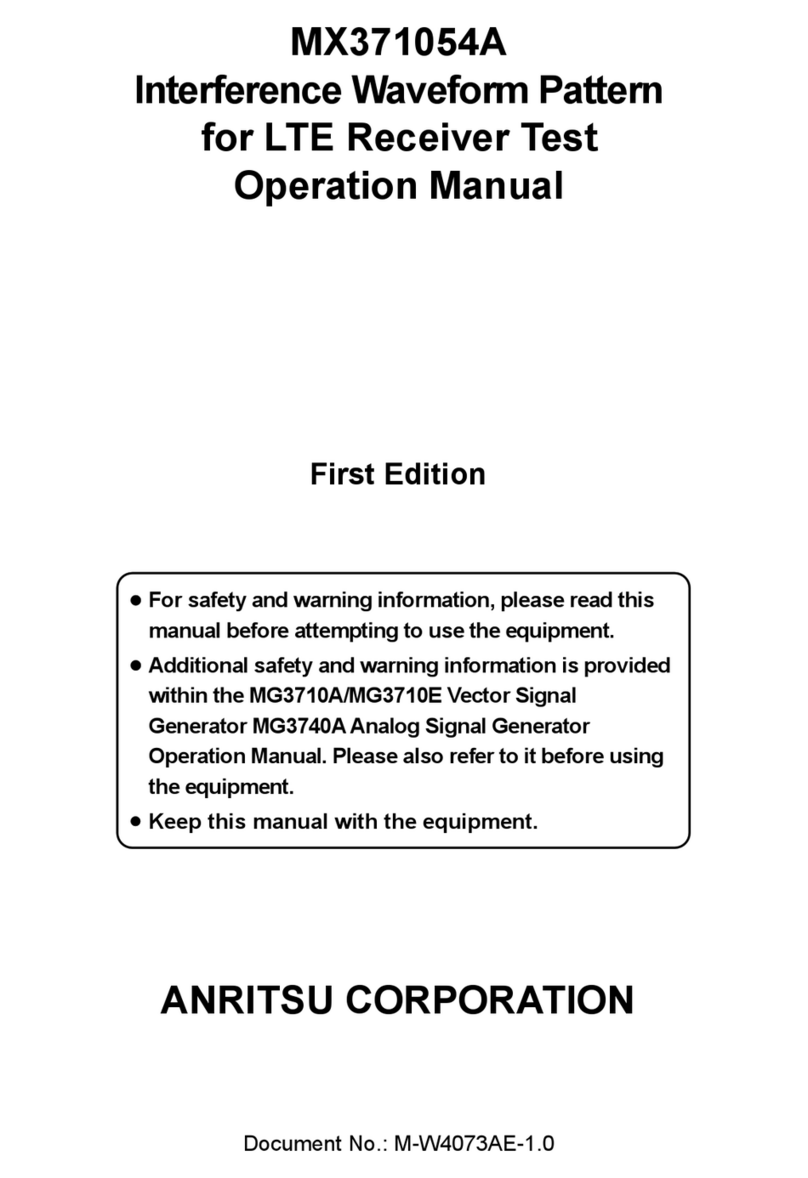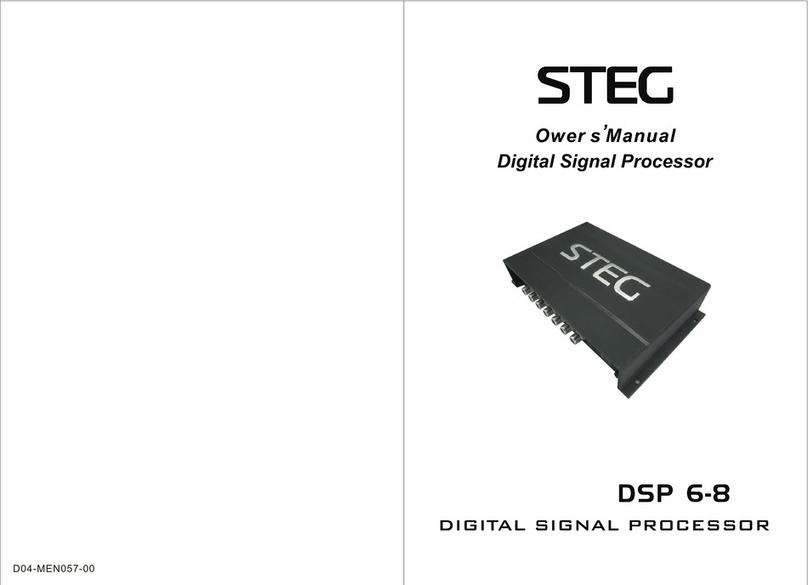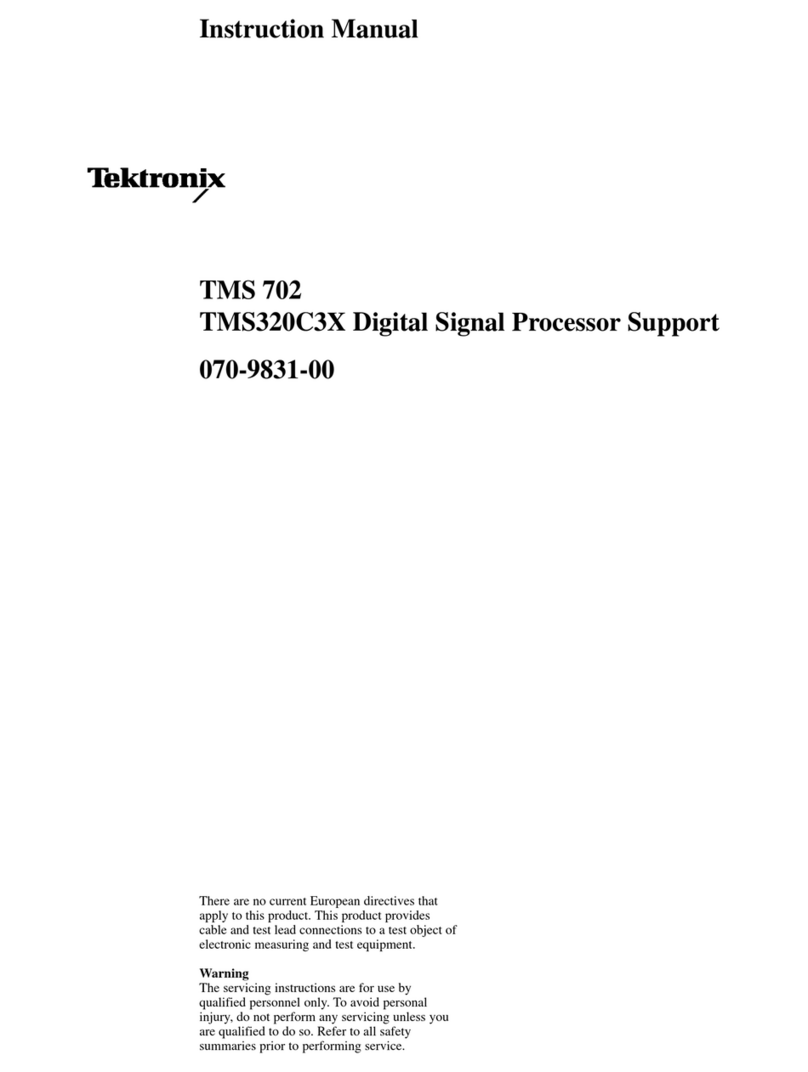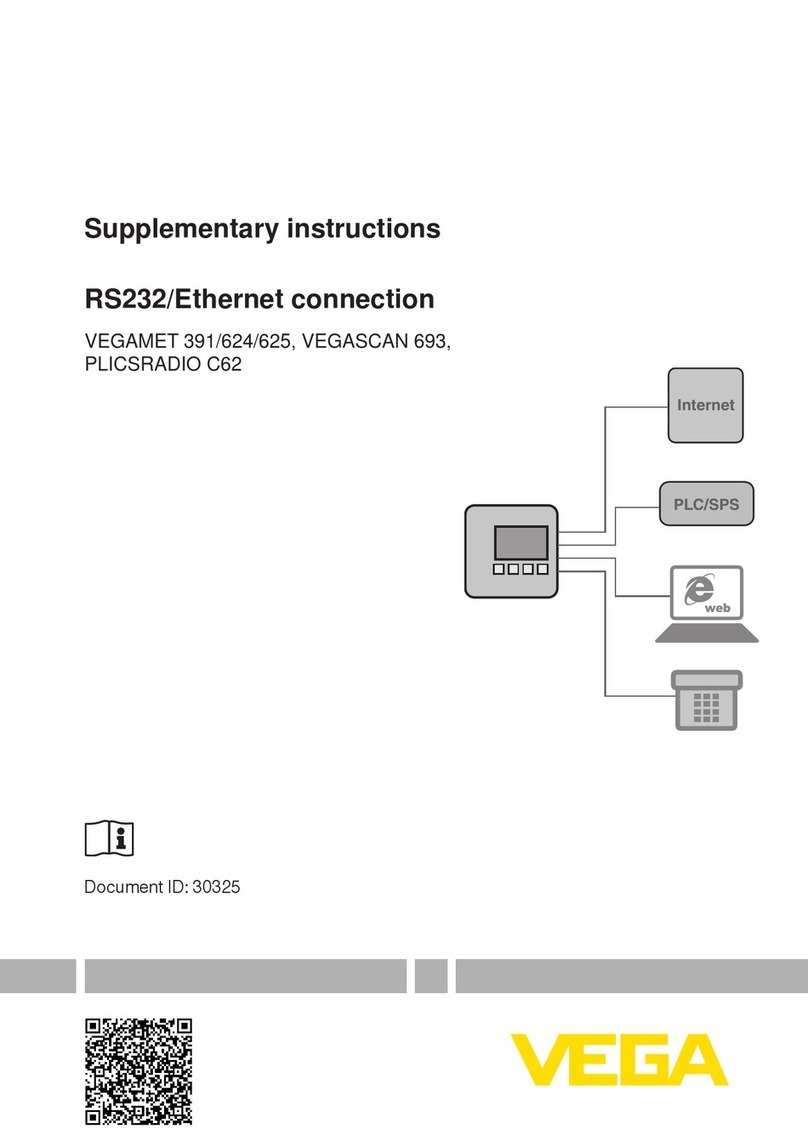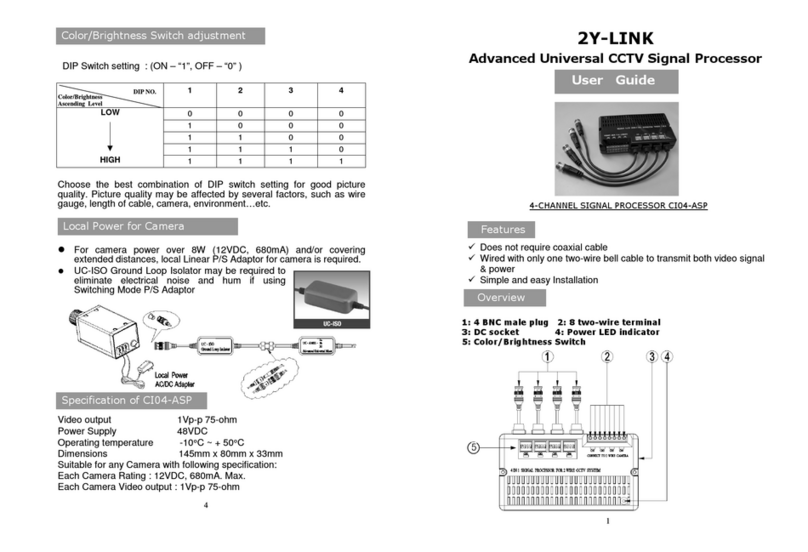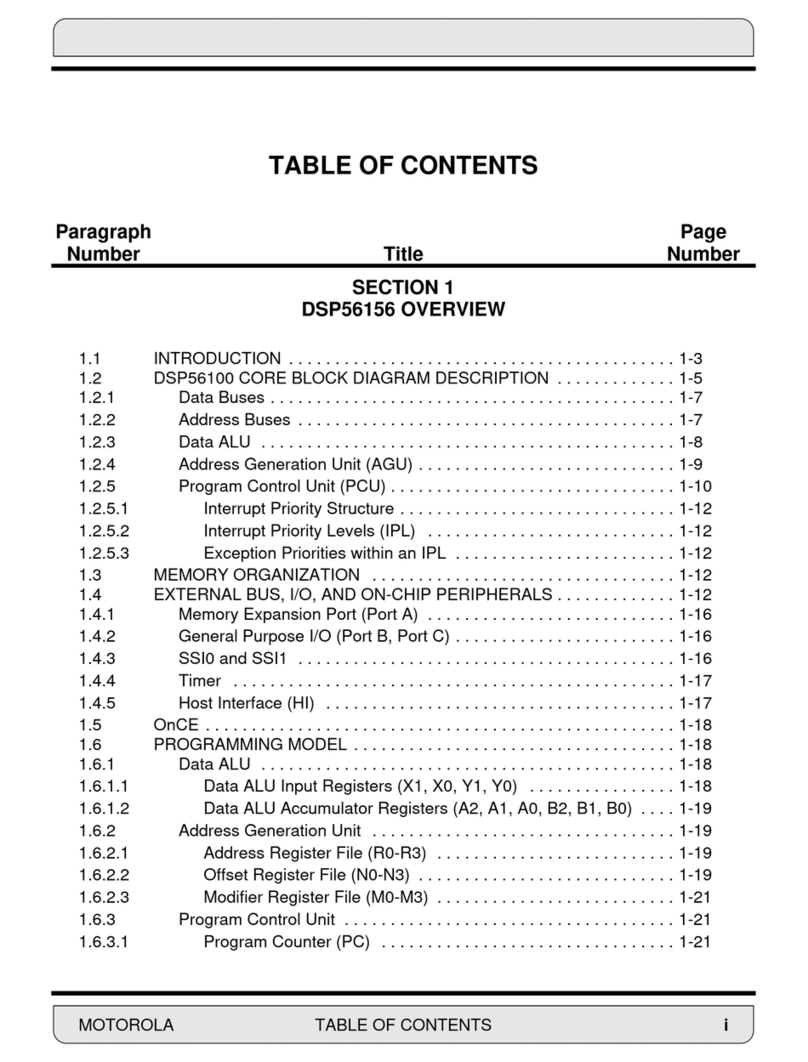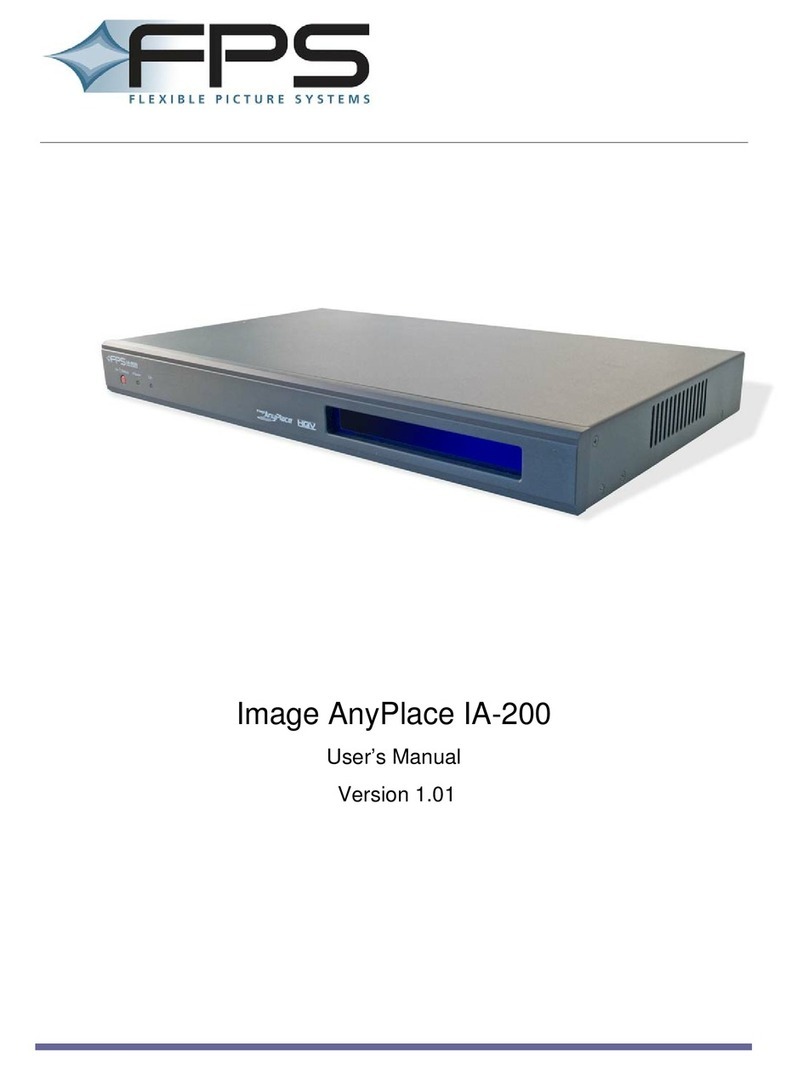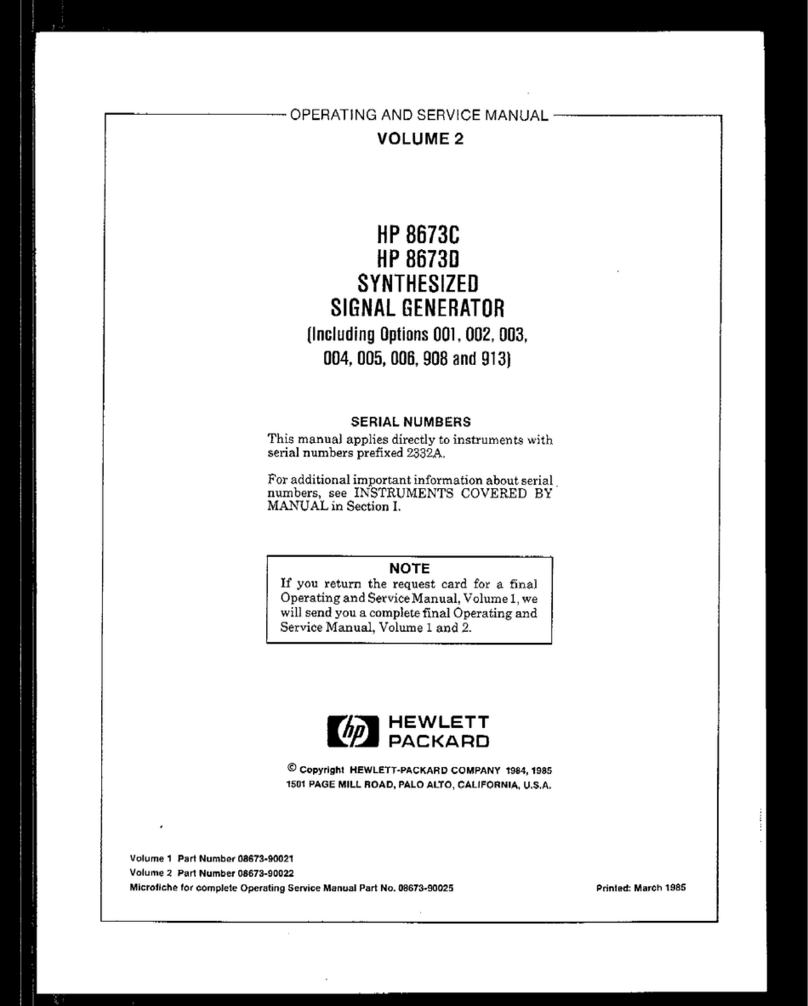
IRIS MODEL P520 APPLICATION MANUAL
Page 5
The card frame kit does not include the card guides,
so these must be ordered separately - as with the
backplane type card frame. All card frames and ac-
cessories are available from the factory.
A half-card frame, or “half rack” (9.5 inches wide)
is available as an alternative to the 19-inch card
frame, and this half rack will mount two P520 mod-
ules. Again, the kit does not contain the card guides,
which must be ordered separately. As an option, the
cardframe can beassembled with thenecessary parts
ready for mounting (IRIS part numbers FACF, and
FACF-1/2).
WIRINGTHE REAR PC BOARD
A view of the rear backplane PCB is shown in Fig-
ure 1. The relay outputs are located on the nine-con-
tact terminal block (upper right).
RF C refers to the common terminal of the flame
relay, with ON being flame on, and OFF being flame
off. You will note that there are two sets of contacts
used for the flame relay.
SCC refersto thecommonterminal ofthe self-check-
ing relay. There is only one pair of contacts used
for the self-checking function. Here, the designa-
tion ON refers to the self-checking taking place in a
normal manner. OFF indicates a failure in the view-
ing head or processor resulting from
- the hardware (i.e. the shutter mechanism in
the viewing head, or the output relay itself);
- electronic components anywhere, or in-
ternal software in the P520; or
- the power to the unit is OFF – the most
likely condition
The horizontal set of six terminals (top left) is used
for the main power into this plug-in module (PWR
IN). Each designated terminal is a double terminal,
or pair, so that the wiring from the power supply can
be“daisy chained” from oneP520 to thenext without
having to twist wires together into one termination.
The pair designated BAT is for battery backup, if
used. Note the rectifier (to the left of this group of
terminals) used internally to prevent the 26 VDC
main power supply from feeding into the battery.
The backup battery, if used, should be 24 volts, to
ensure that the 26 VDC power feeding the P520 will
not feed back into the battery. In other words, no
current will flow from the battery as long as voltage
of the main power supply is above that of the bat-
tery. The negative side of the battery goes to the
GND terminal on the right.
Figure 1 shows how these terminals are connected
inside the P520. Note the two fuses marked F1 and
F2. F1 is the main power fuse for the signal proces-
sor as well as the viewing head(s), and is rated at .75
Amp. Fuse F2 feeds only to the viewing head(s),
and is rated at .25 Amp. Each viewing head draws
about 100mA, so this output can supply only two
viewing heads; so, if more than two viewing heads
arerequired, it willbe necessary toincreasethe value
of fuse F2. Consult the factory for details. On newer
units (those with NO, CAL, and YES in red letters
onthe frontpanel) these fusesare self-resettingtypes,
and will recover from an overload automatically af-
ter power is removed from the P520 for 10 seconds.
Justbelowthe six-pinPWRINterminals aretwo,five-
pin vertically-mounted viewing head terminals iden-
tified as V.H. A. and V.H. B. If only one viewing
head is used, you must wire to the V.H. A. terminals.
BelowtheV.H. A.terminalsare twoterminalsmarked
V.H. SEL (viewing head selector relay). Energizing
this connection with 26 VDC will cause the relay on
this PCB to switch to viewing head B.
Only the viewing head signal wire (SIG) and the sig-
nal ground wire (SIG GND) are switched with this
changeover relay; the 26 VDC and power ground
circuit is not disturbed. Make sure that the viewing
head signal wire and signal ground (braided shield
in the four-conductor cable) are both connected, be-
cause this ground connection is the only return path
for the signal and self-checking circuit. The 26 VDC
used to switch this relay can be connected without
regard to polarity. The two terminals marked V.H.
SEL go directly to the relay coil.
The two-pin terminal to the right of V.H. SEL des-
ignated CHAN SEL is used for selecting channel
A or channel B on the P520. Energizing this pair
of terminals causes the B channel to be selected.


